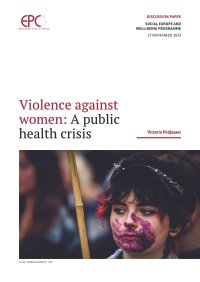Yasemin Irvin‑Erickson1*
Abstract This study aims to provide an understanding of the nature, extent, and quality of the research evidence on identity fraud victimization in the US. Specifically, this article reviews, summarizes, and comments on the state of empirical research of identity fraud victimization in the US based on a narrative review of 52 published empirical studies. Studies included in this review suggest that the prevalence of identity fraud in the US has increased over the years and existing account frauds is the most prevalent type of identity fraud. There is a pressing need for more research on the prevalence of identity fraud victimization among minors, institutionalized individuals, and individuals from minority groups; long‑term prevalence of identity fraud victimization; and emerging forms of identity fraud such as synthetic identity fraud victimization. Studies included in this review further suggest that identity fraud risk factors vary based on the fraud type considered. Identity fraud victims can experience a variety of harms. Longitudinal studies following identity fraud victims are essential for reliably estimating the risk factors for identity fraud victimization and the impact of identity fraud victimization on individual victims. The research on services for identity fraud victims is limited and suggests the positive impact of trauma‑informed services for serious identity fraud victims. The overwhelming lack of research on the impact of programs and services for identity fraud victims necessitates more attention from scholars to study the impact of programs, interventions, and services for identity fraud victims on reporting of victimization, prevention of victimization, experiences of victims, and victim‑centered cost benefit analysis of services. Policy and practice implications of these findings are discussed.
Springer Open Access. : 10 February 2024. Crime Science. Volume 13, article number 3, (2024). 26p.

















